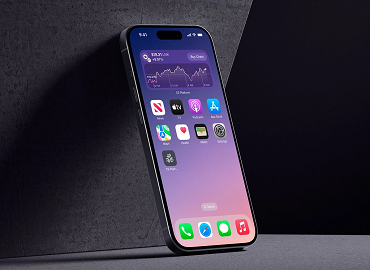By Deny Smith
In 2025, building a mobile app isn’t the hard part. The real challenge lies in choosing the right path to build it — and one of the most common crossroads is this: Do you go with Flutter and build your app once for both Android and iOS, or choose the native route and develop separately for each platform?
It’s not just a technical decision anymore — it’s a product strategy move. The choice between Flutter and native development affects your speed to market, engineering cost, product quality, and long-term flexibility. And the wrong choice can easily derail timelines or inflate budgets before you even hit your first thousand users.
By Debojyoty Chowdhury
It is 2025, and there is a new currency of innovation is speed. If you’re a young company rushing to an MVP or an established company bringing legacy infrastructure into the modern world, one thing is certain: users demand efficient, cross-platform mobile apps that just work. And they want them now, not nine months from now.
That is one reason more and more companies are betting the farm on React Native and the vast ecosystem of talented developers behind it worldwide. It’s not just to write code. It’s simple, behind the code you want to be writing code that gets it done fast, efficiently, and in a way that scales with your business.




